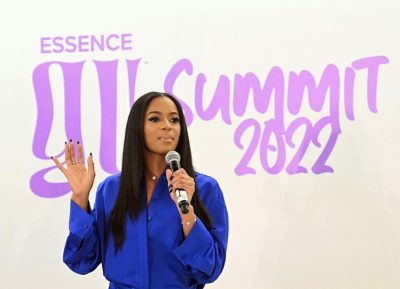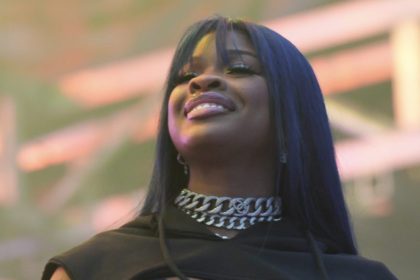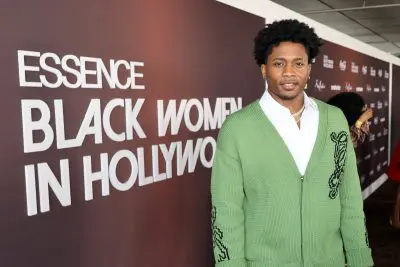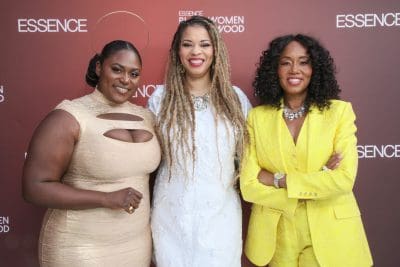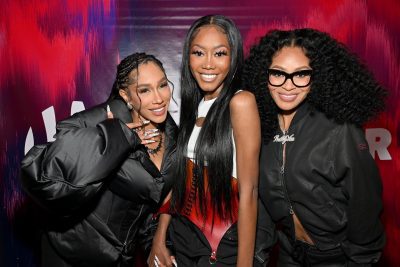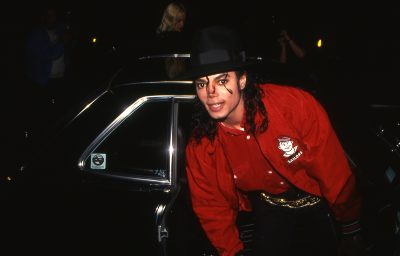A controversial addition to the Essence magazine team has been fired after putting a series of right-wing posts on his Facebook page.
Michael Bullerdick has been removed as the managing editor for the publication after less than a year in the position.
News broke last summer that the black women’s mag hired Bullerdick, a middle-aged white man, to take on a high editorial position.
A public profile on his Linkedin page stated that he “edited stories for tone and style” for the mag although, Essence’s Editor-In-Chief Constance C. R. White insisted that he did not work in the editorial department.
“Michael is responsible for production and operational work flow. He has no involvement in editorial content,” she said amid a series of raised eyebrows.
Now Bullerdick’s been “shifted” out of his position, presumably because of an email received by the news site Journal-Isms.com.
Journal-Isms posted an email last week that a reader sent them about Bullerdick’s Facebook page.
A screen shot of his Facebook activity on the social network was also sent in that showed several right-wing posts, including one blasting the Rev. Al Sharpton as a “Race Pimp.”
“Essence readers would be shocked to find that Bullerdick, who under the prodding of Time Inc. became the first white male editor at the magazine last year, openly espouses extremist Right-wing views that run counter to what Essence has historically stood for,” the angry email read.”
Since this revelation, White has been doing damage control, first writing through a spokeswoman that Bullerdick has no role in the editorial department.
“As editor-in-chief, I’m responsible for all editorial content for Essence. I hired Michael to manage the production schedule of Essence. As head of production, he does not attend editorial idea meetings, nor does he get involved in the editorial direction of the magazine,” she said.
She later changed her tune however and said, “By mutual agreement, Michael has accepted a position in another division.”
Bullerdick had previously written on his LinkedIn page that he “edited stories for style and tone” for the mag despite White’s claims.
Although Journal-Isms’ mystery email sender made a valid point by pointing out Bullerdick’s transgressions, one statement in their email was actually untrue.
Bullerdick was not the pub’s first white editor; he was the second.
In 2010, Essence was lambasted for hiring Ellianna Placas, a white woman of Australian descent, to be their new fashion editor.
The criticism seemed to peak however when Michaela Angela Davis, a former fashion editor for the pub responded to the hiring on Twitter likening it to the death of a close friend.
“It’s with a heavy heart I’ve learned Essence Magazine has engaged a white fashion director. I love Essence and I love fashion. I hate this news and this feeling. It hurts, literally. I feel like a girlfriend has died,” she wrote.
Although Essence’s been famously blasted for employing white people in editorial positions, they are not alone in the world of print.
Hip-hop publication XXL, has Vanessa Satten, a white woman as their editor-in-chief who has also had her fair share of controversy.
In 2011 Satten made headlines after XXL posted a video of rapper Too Short instructing young boys on how to “turn out” their female classmates.
“You push her up against the wall,” he said. “You take your finger and put a little spit on it and you stick your finger in her underwear and you rub it on there and watch what happens.”
Satten immediately went into damage control and had the video pulled amid accusations that the pub was promoting rape and sexual assault.
“I agree with [angry readers’] perspective. I do not see all content before it goes live,” she said. “When I saw this video, I was truly offended and thought it crossed the line. I had it taken down immediately. I am disappointed that an employee decided to post it and I am putting internal procedures in place to make sure content like this does not go on the site.”

Along with XXL, another hip-hop publication, Ozone, is run by a white woman.
Julia Beverly helms the mag that has the tag line “the southern voice of hip-hop music.”
Beverly’s also been blasted in reports and was famously called a “cracker b—-” and received death threats from The Source‘s former editor, rapper Benzino.
While these are just a few publications that have drawn controversy for their white staffers, the integration of whites into an “assumed” black workplace could be a problem for those outside of media as well.
A question to consider is this, is it wrong to want a “black” magazine run by a black face?
Or should society be more open to allowing a white person convey black thoughts into black print?
That’s a question ultimately for their readership to decide.
–danielle canada







